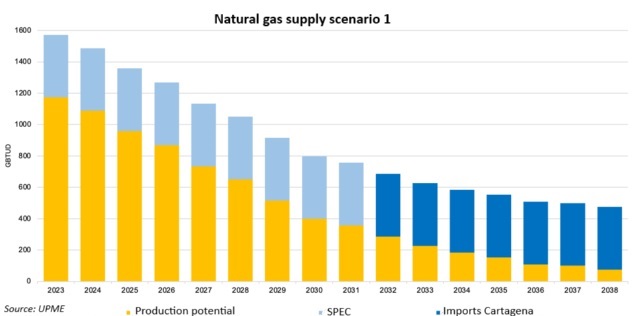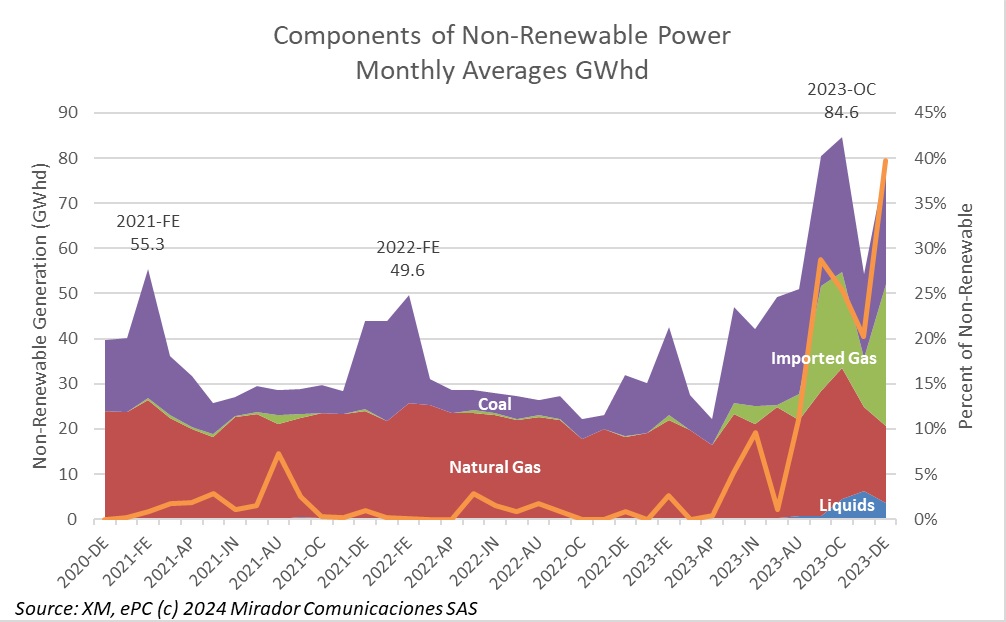Colombia’s natural gas industry, encompassing production, transportation, and distribution, is at the forefront of the nation’s efforts to reduce greenhouse gas (GHG) emissions, constituting a mere 1% of the country’s total.
Surtigas, led by Santiago Mejía, announced the successful conclusion of the mandate contract subscription process with Promigas S.A., after a week of negotiations.
Luz Stella Murgas, the President of the Colombian Natural Gas Association (Naturgas), emphasizes the importance of ensuring service to nearly 1.6 million households currently without access to natural gas.

The Mining and Energy Planning Unit (UPME), in alignment with previous forecasts, anticipates a potential deficit in natural gas supply towards the end of 2026, driven by increased demand associated with El Niño.
The International Energy Agency (IEA) released a recent report indicating that global gas demand is poised for a robust resurgence in 2024, despite lingering uncertainties in the market.

Last week we published an article about the surge in LNG imports in the second half of 2023. That mirrored a surge in electricity generated by imported natural gas that we discussed in ePower Colombia, our sister website. El Niño caused much of the increased demand for gas but we wanted to check how Colombian production fared last year. Were really imports necessary?
Following the revelation that the agreement to import natural gas from Venezuela to Colombia, orchestrated by Ecopetrol and PDVSA, fell apart even before the US reactivated petroleum sanctions against President Nicolás Maduro’s regime, the question arises: What are the new plans of Gustavo Petro’s government to meet the demand for this energy source?
In a significant development for the transportation sector in Colombia, the Frontera Natural Gas Service Station has been inaugurated along the Ruta del Sol, facilitating the movement, and refueling of freight and passenger vehicles that utilize natural gas as a fuel source.

In 2023, Colombia witnessed an unprecedented surge in liquefied natural gas (LNG) imports, soaring by over 2,500%.

Campetrol reported its natural gas production estimate for December 2023 in Colombia.